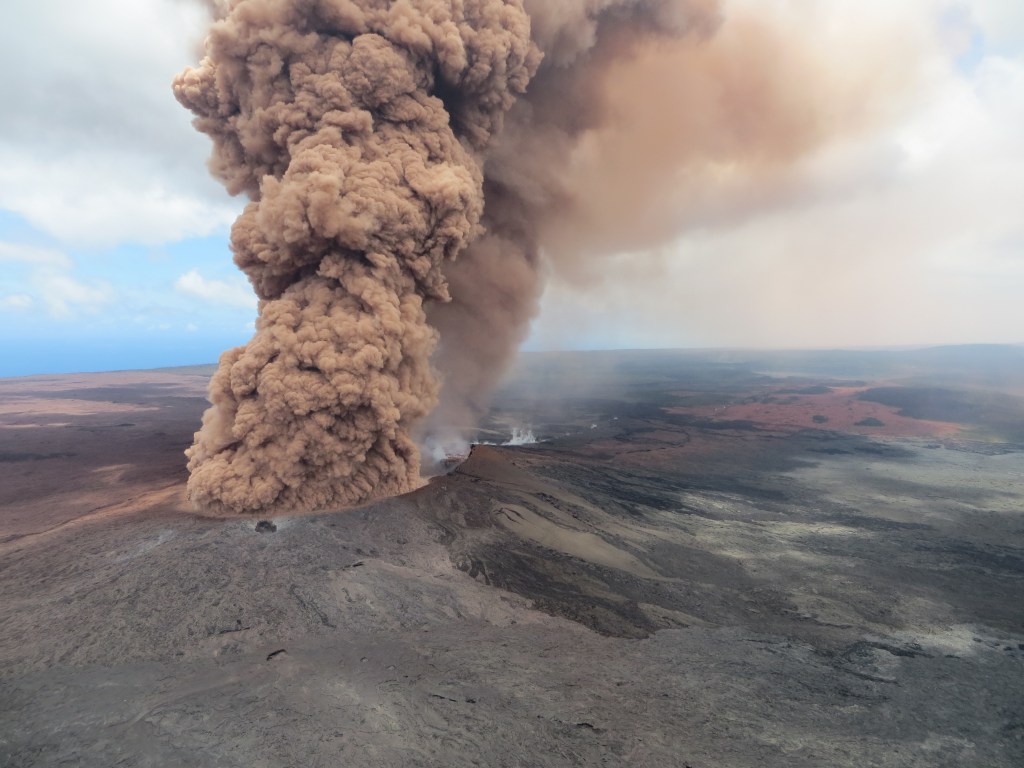An Epic Eruption

On May 3, Hawaii’s Big Island experienced a major volcanic explosion. The volcano Kilauea pushed lava and toxic gas from its vents and opened fissures, or cracks, beneath a nearby residential neighborhood. On May 4, the seismic activity caused a 6.9-magnitude earthquake, the island’s strongest quake in 43 years. It opened more cracks, spewing molten rock and deadly volcanic gas.
Fourteen fissures are releasing lava into the Leilani Estates. The neighborhood is made up of 770 homes. So far, 36 buildings have been destroyed, and more than 2,000 people have evacuated. The eruption has also forced officials to close Hawaii Volcanoes National Park. There, 2,600 visitors were evacuated after reports of rockslides. The park covers 13% of the Big Island.
Scientists are not sure how long the eruption will continue. “There’s more magma in the system to be erupted,” said volcanologist Wendy Stovall. “As long as that supply is there, the eruption will continue.”
But Leilani Estates residents like Amber Makuakane understand the risks of living next to one of the world’s most active volcanoes. Kilauea has been in near constant eruption since 1983. Usually, its lava is slow-moving, giving nearby residents time to get to safety. “The volcano and the lava—it’s always been part of my life,” says Makuakane. “It’s devastating, but I’ve come to terms with it.”













